A strong passcode is a critical defense for safeguarding your personal information on your iPhone or iPad. While biometric authentication methods like Touch ID and Face ID provide convenient access to your device, your passcode remains critical to preventing unauthorized access to your iPhone. In scenarios where biometrics fail—such as after restarting your device or in the event of theft—your passcode ensures that your data remains secure.
Apple has been constantly rolling iOS security updates to keep you protected. But a weak passcode, such as a simple four-digit code, can be easily guessed, putting your information at risk. Enhancing your passcode with more digits or using a combination of letters, numbers, and special characters greatly increases the security of your device, making unauthorized access significantly more difficult.
Biometric Authentication and Passcodes
Biometric authentication methods, including Touch ID and Face ID, offer a quick and easy way to unlock your iPhone or iPad, adding a layer of convenience to your daily use. However, these methods are not infallible and can fail in certain conditions, such as when your device is restarted, your biometric data is not recognized, or in situations requiring heightened security measures. In these instances, your passcode serves as the primary security measure to access your device. Moreover, in cases of theft or loss, a robust passcode ensures that your sensitive data is protected against unauthorized access. Therefore, while biometrics enhance user convenience, a strong passcode remains indispensable for comprehensive security.
Upgrading your Password
Upgrading your passcode is a straightforward yet crucial step to bolster the security of your iPhone or iPad. By transitioning from a basic four-digit passcode to a more complex code, you significantly reduce the risk of unauthorized access to your device.
To make your passcode more secure, you can select from several options, including a six-digit numeric code, a custom numeric code with more digits, or a custom alphanumeric code. Each option provides progressively stronger security by increasing the number of possible combinations an intruder must guess to gain access.
- Open Settings: Start by navigating to “Settings” on your device.
- Access Passcode Settings: Tap “Face ID & Passcode” or “Touch ID & Passcode.”
- Enter Current Passcode: Input your existing passcode.
- Change Passcode: Select “Change Passcode” and re-enter your current passcode.
- Choose a New Passcode:
- Tap “Passcode Options.”
- Select from the available options: “4-Digit Numeric Code,” “6-Digit Numeric Code,” “Custom Numeric Code,” or “Custom Alphanumeric Code.”
Set and Verify New Passcode: Enter your new passcode and confirm it.
Understanding Passcode Options
When it comes to securing your iPhone or iPad, choosing the right passcode is essential. Here are the different options you can select and their benefits, along with some examples:
4-Digit Numeric Code
- Description: Offers 10,000 combinations.
- Security Level: Basic security, easier to guess.
- Example: 1234, 5678
6-Digit Numeric Code
- Description: Provides 1 million combinations, significantly more secure than a four-digit code.
- Security Level: Moderate security, harder to guess.
- Example: 123456, 789012
Custom Numeric Code
- Description: Allows for more digits, enhancing security by increasing the number of possible combinations.
- Security Level: High security, especially with more digits.
- Example: 123456789, 0987654321
Custom Alphanumeric Code
- Description: Combines letters, numbers, and special characters for maximum security.
- Security Level: Highest security, most difficult to guess.
- Example: Pa$$w0rd123!, S3cur3C0de!
Security Tips
Enhancing your iPhone or iPad security involves more than just choosing a strong passcode. Here are some additional tips to keep your device safe:
Choosing a Memorable Yet Secure Passcode
Select a passcode that is complex enough to provide robust security but easy for you to remember. Avoid simple sequences or repeated numbers (e.g., 123456 or 111111). Instead, use a mix of numbers, letters, and special characters if possible.
Expiring the Previous Passcode Immediately
For added security, expire your previous passcode right after setting a new one. This prevents the old passcode from being used as a fallback. To do this, go to “Settings” > “Face ID & Passcode” or “Touch ID & Passcode” and tap “Expire Previous Passcode Now.”
Regularly Backing Up the Device
Ensure that you regularly back up your iPhone or iPad to protect your data. This way, if you ever forget your passcode and need to restore your device, you won’t lose important information. Backups can be done through iCloud or via your computer using iTunes or Finder.
Forgotten Passcode
If you forget your iPhone or iPad passcode, you’ll need to follow these steps to regain access to your device. Note that this process will erase your device, so having a recent backup is crucial.
Procedure to Follow if the Passcode Is Forgotten
- Enter Recovery Mode:
- Connect your device to a computer.
- Open iTunes (on macOS Mojave or earlier) or Finder (on macOS Catalina or later).
- Follow the steps to force restart your device, which will vary depending on your iPhone or iPad model, until you see the recovery mode screen.
- Restore Your Device:
- In iTunes or Finder, select your device.
- Click “Restore” when prompted.
- The software will download, and your device will be reset to factory settings.
- Set Up Your Device:
- After the restore is complete, set up your device from your most recent backup.
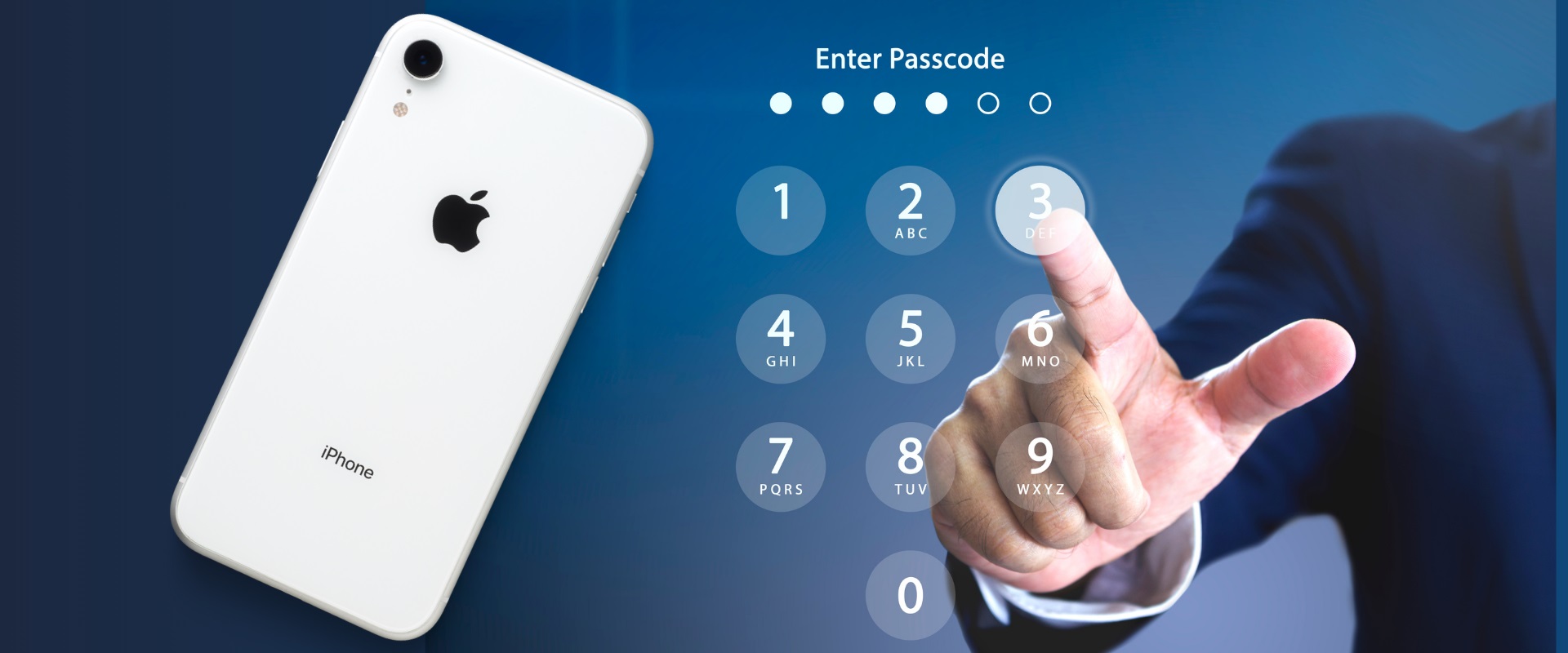








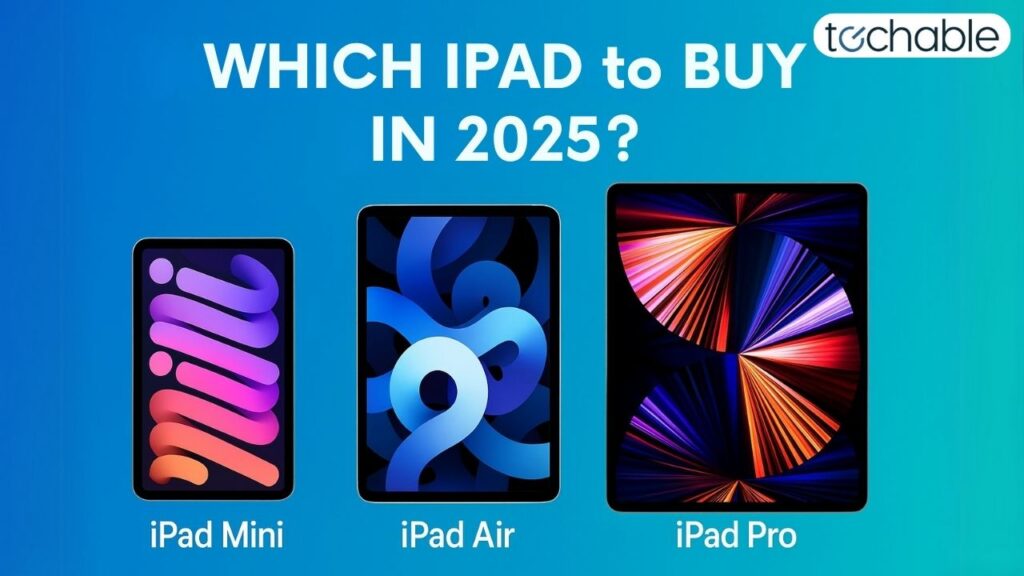
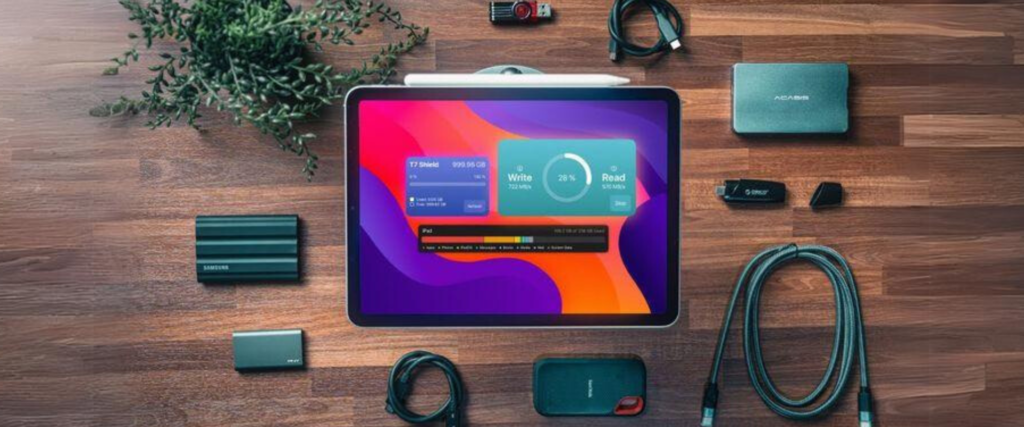

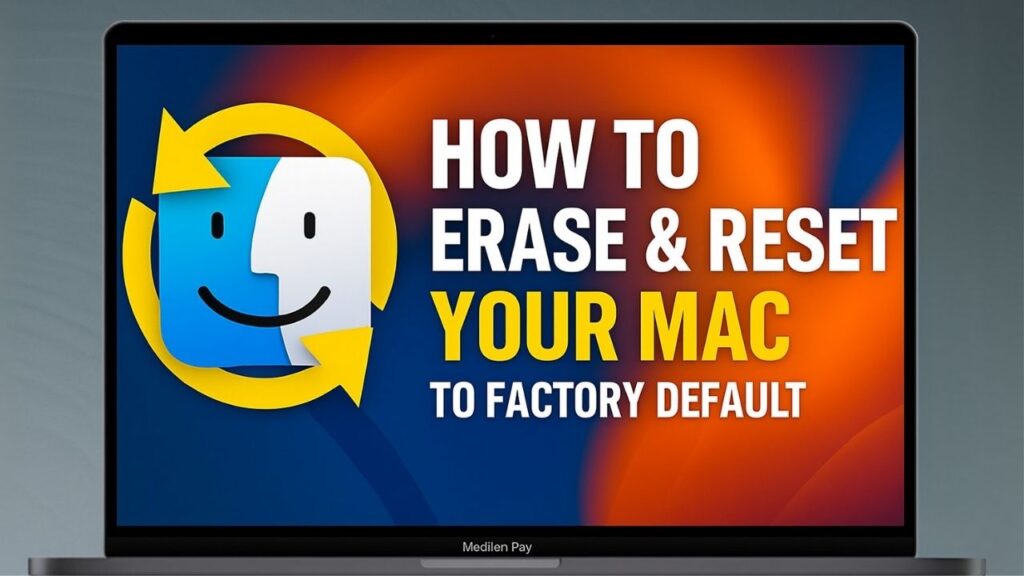
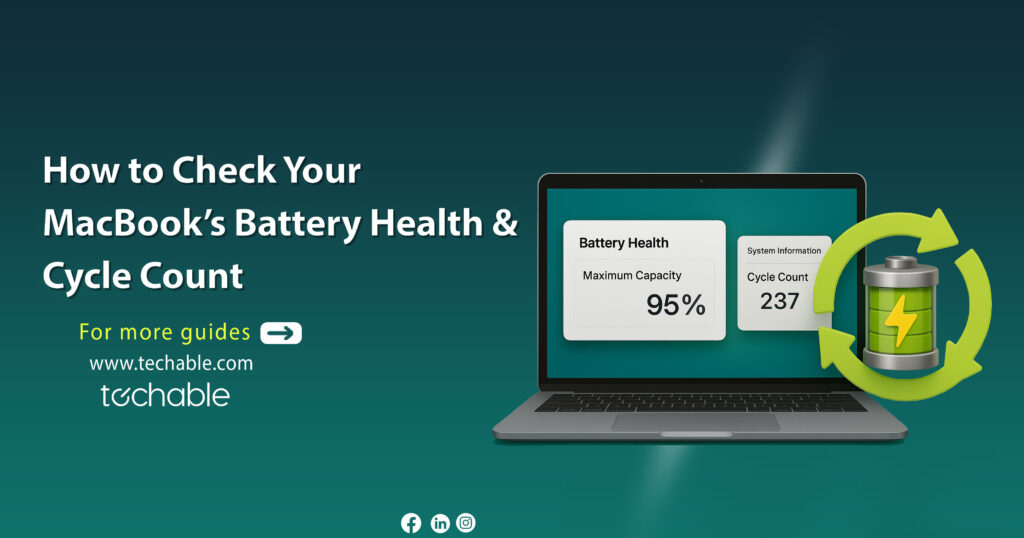


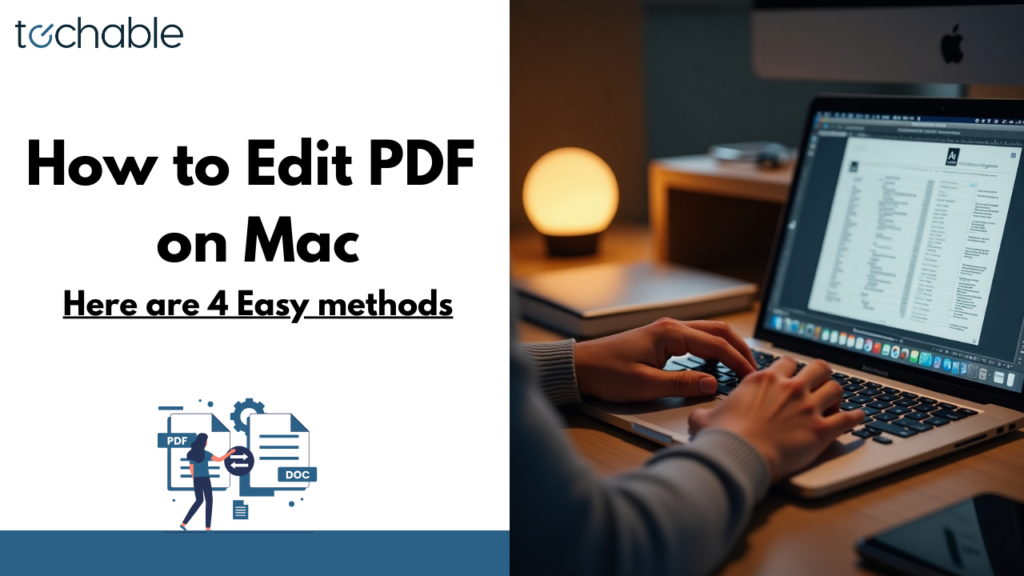

0 Comments